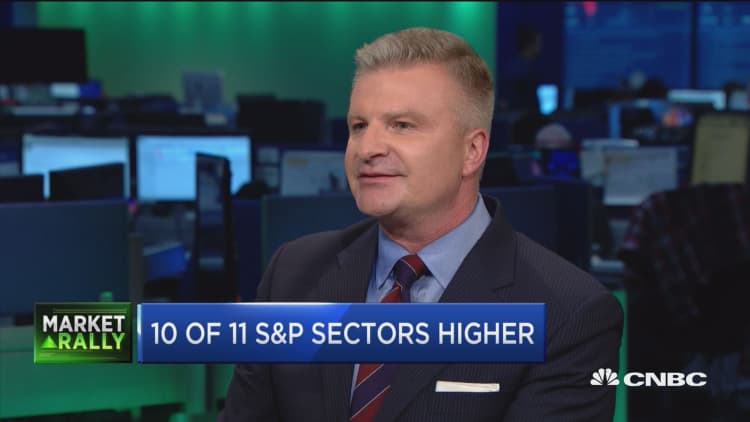
Interest rates are rising, and while most homeowners today have fixed-rate mortgages, millions of them also have home equity lines of credit (HELOC), which are suddenly getting more expensive.
These second loans are generally adjustable rate, tied to shorter term interest rates, and that means the payment changes once a year. Higher interest rates mean higher payments.
HELOCs were all the rage during the loose lending days of the housing boom, when homeowners used their properties as ATMs. Originations for HELOCs peaked at just over $367 billion in 2005; their popularity then dropped dramatically along with home values to just short of $67 billion by 2010, according to CoreLogic. Then, as home prices mounted, and borrowers regained sizable equity, HELOC originations jumped back again in 2014-15 and should reach a collective $173 billion this year.
Not all HELOC borrowers actually use all of the line of credit, but for those who use some or all of it, they will see higher monthly payments as interest rates rise. The increases could average about $100 more per month but depend on the size of the loan.
"For those that have a high balance, clearly their payment will increase, and it will cause some prepayments" said Sam Khater, an economist with CoreLogic. "But rates simply reflect the supply and demand for money, and that is the growth rate in the economy."
Newer borrowers will not be as hard hit as those who have had their loans for a decade and are now facing a reset. HELOCs can have what is known as a 10-year "draw" period, when borrowers only have to pay interest on the loan. After 10 years, principal payments are added. While HELOCs today often require some principal payments from the start, most during the boom did not, and those are the ones resetting now.
Unfortunately, a stunning share of those borrowers are unaware their costs will rise. Just 19 percent of total borrowers surveyed by TD Bank (which asked 800 respondents) understand that a HELOC reset will increase their monthly payments. Of those who opened HELOCs from 2005-2008, those resetting now and in the next two years, more than half (53 percent) are unaware of the reset impact. One-quarter of respondents have no financial plan for how to handle the end of their draw periods.
"If borrowers do not have a financial plan for the end of their draw period, they should contact their lender as early as possible," said Mike Kinane, senior vice president for home equity at TD Bank. "A responsive lender will offer multiple ways for you to pay down your line of credit."


